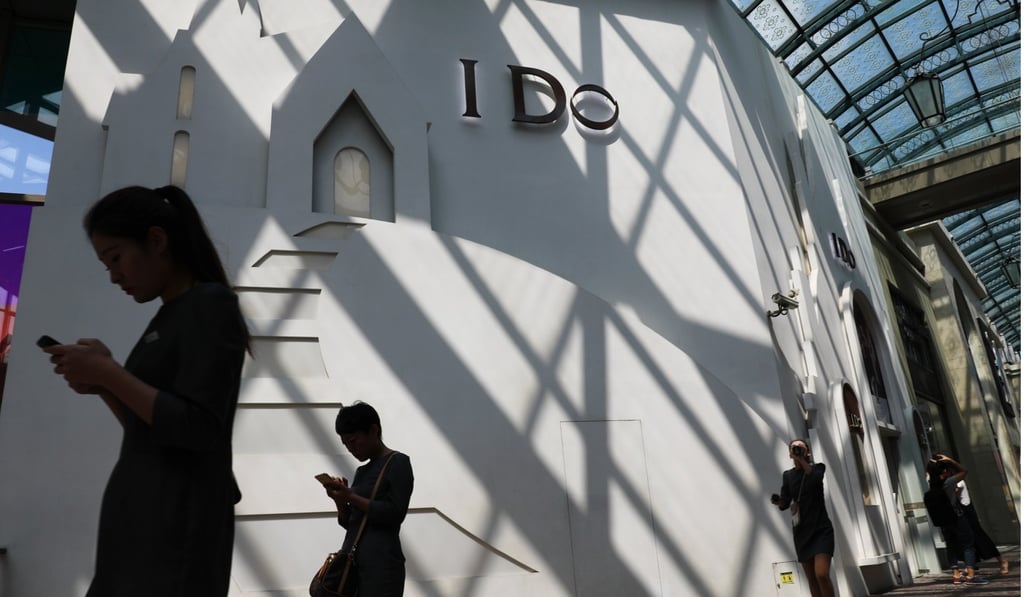Economic integration won’t shield Asia from war, but a truly pan-Asian security grouping might
Kevin Rudd says the region badly needs a security forum that links all relevant players, to help prevent disagreements reaching a crisis point. With its broad base, the East Asia Summit can be strengthened to play this role

The uncomfortable truth is that, for the past quarter of a century, the international community has simply been kicking this can down the road. And now, at one minute to midnight, everyone is scrambling to do something.
There is a further, more substantial question, however, which we must equally consider. And that is Asia’s collective failure to produce a united voice on not just the North Korean threat, but the plethora of other threats confronting long-term stability, security and peace. And the equally uncomfortable truth is that there are a bucketload of them, in what has become the great “Asian Paradox”: high levels of pan-regional economic integration underpinning unprecedented levels of regional prosperity on the one hand; while on the other, a gradual exacerbation of underlying geopolitical threats to security.

We seem to have become collectively desensitised to the “long peace” that the region has enjoyed for over two-thirds of a century since the Korean armistice of 1953. The Vietnam war remained a subregional conflict, albeit devastating for the participants. The Sino-Indian border war of 1962 remained an exclusively bilateral affair, as did the Bangladesh Liberation war of 1971. But led by Northeast Asia, then post-1975 Southeast Asia, and more recently the economic advance of India, Asia has quietly become not just a region of growing prosperity, but the long-term guarantor of global economic growth.
The ‘Asian economic miracle’ has induced a significant degree of pan-regional, geopolitical complacency
To a large extent, the “Asian economic miracle” has induced a significant degree of pan-regional, geopolitical complacency. We have become the unwitting victims of the neoliberal orthodoxy that economics ultimately solves both politics and geopolitics – i.e. that market liberalisation will ultimately produce Western political democracy at home and peace abroad, because democracies never attack each other. China, of course, constitutes the singular exception to this view. But there are others as well.
